The Bourdon pressure gauge uses the principle that a flattened tube tends to straighten or regain its circular form in cross-section when pressurized.
Although this change in cross-section may be hardly noticeable, and thus involving moderate stresses within the elastic range of easily workable materials, the strain of the material of the tube is magnified by forming the tube into a C shape or even a helix, such that the entire tube tends to straighten out or uncoil, elastically, as it is pressurized.
In practice, a flattened thin-wall, closed-end tube is connected at the hollow end to a fixed pipe containing the fluid pressure to be measured. As the pressure increases, the closed end moves in an arc, and this motion is converted into the rotation of a (segment of a) gear by a connecting link that is usually adjustable.
A small-diameter pinion gear is on the pointer shaft, so the motion is magnified further by the gear ratio. The positioning of the indicator card behind the pointer, the initial pointer shaft position, the linkage length and initial position, all provide means to calibrate the pointer to indicate the desired range of pressure for variations in the behavior of the Bourdon tube itself.
Differential pressure can be measured by gauges containing two different Bourdon tubes, with connecting linkages.
Mechanical details
Stationary parts:
- A: Receiver block. This joins the inlet pipe to the fixed end of the Bourdon tube (1) and secures the chassis plate (B). The two holes receive screws that secure the case.
- B: Chassis plate. The face card is attached to this. It contains bearing holes for the axles.
- C: Secondary chassis plate. It supports the outer ends of the axles.
- D: Posts to join and space the two chassis plates.
Moving Parts:
- Stationary end of Bourdon tube. This communicates with the inlet pipe through the receiver block.
- Moving end of Bourdon tube. This end is sealed.
- Pivot and pivot pin.
- Link joining pivot pin to lever (5) with pins to allow joint rotation.
- Lever. This is an extension of the sector gear (7).
- Sector gear axle pin.
- Sector gear.
- Indicator needle axle. This has a spur gear that engages the sector gear (7) and extends through the face to drive the indicator needle. Due to the short distance between the lever arm link boss and the pivot pin and the difference between the effective radius of the sector gear and that of the spur gear, any motion of the Bourdon tube is greatly amplified. A small motion of the tube results in a large motion of the indicator needle.
- Hair spring to preload the gear train to eliminate gear lash and hysteresis.
Also Read: Working Principle of Rotameters
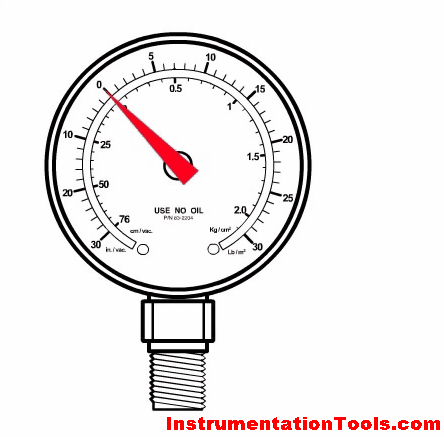
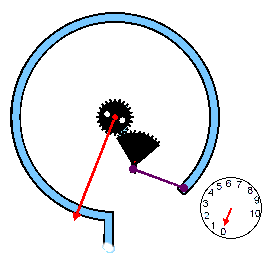
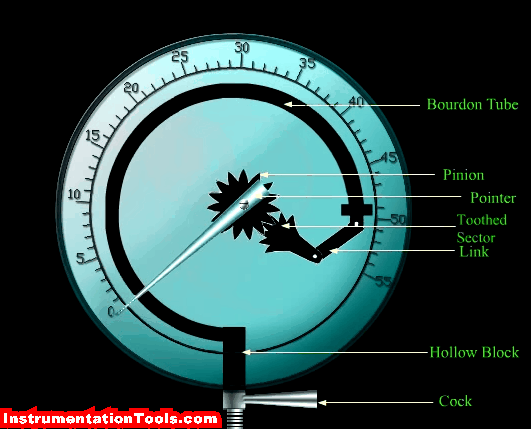
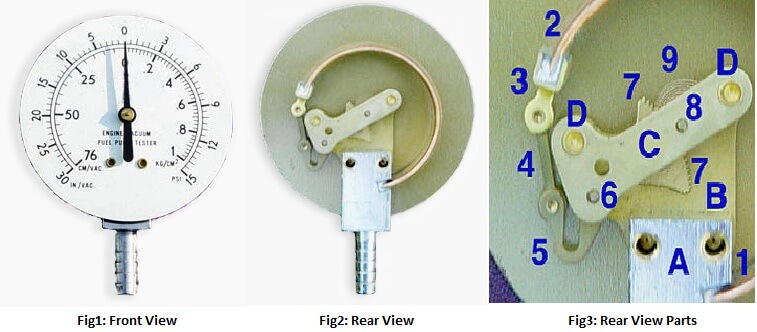
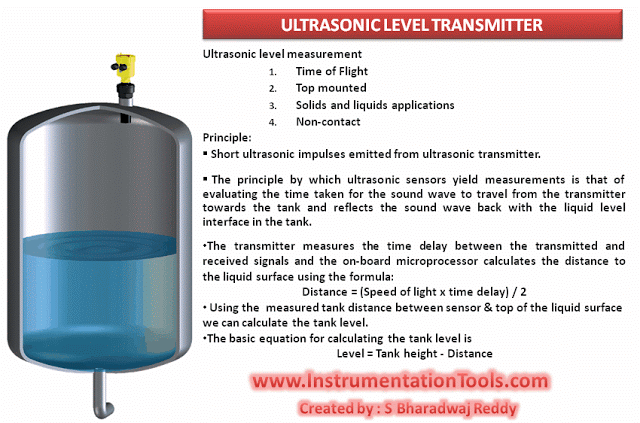
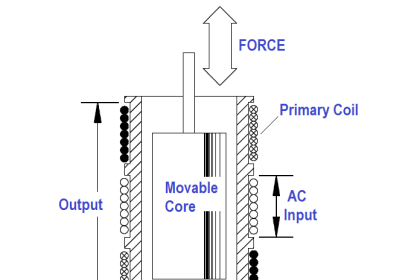
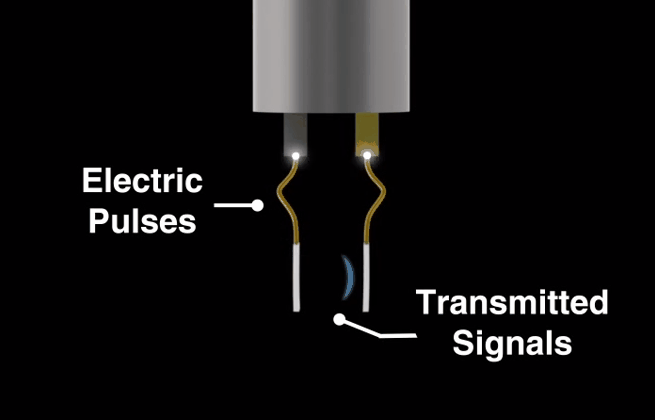



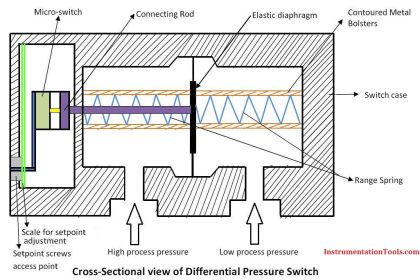
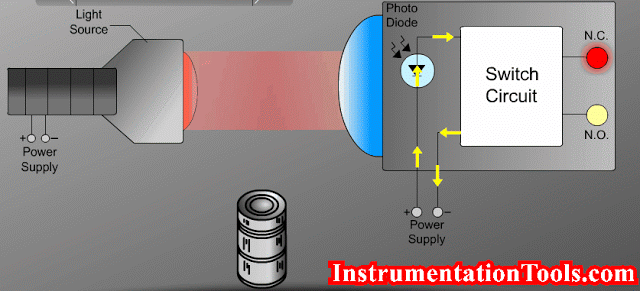
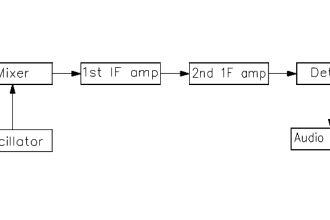
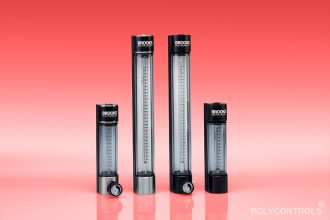


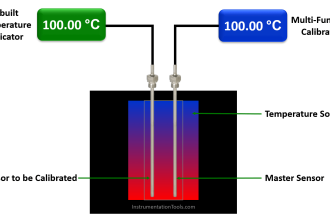

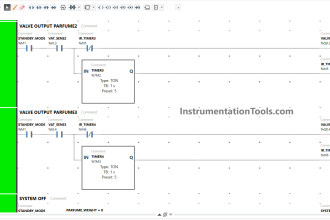


I WANT MORE DIAGRAMITIC RESPRESSENTION AND SPECIFIC WORKING PRINCIPLES IN DETAIL OF A PRESSURE GAUGE